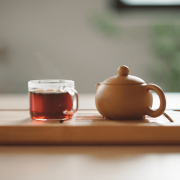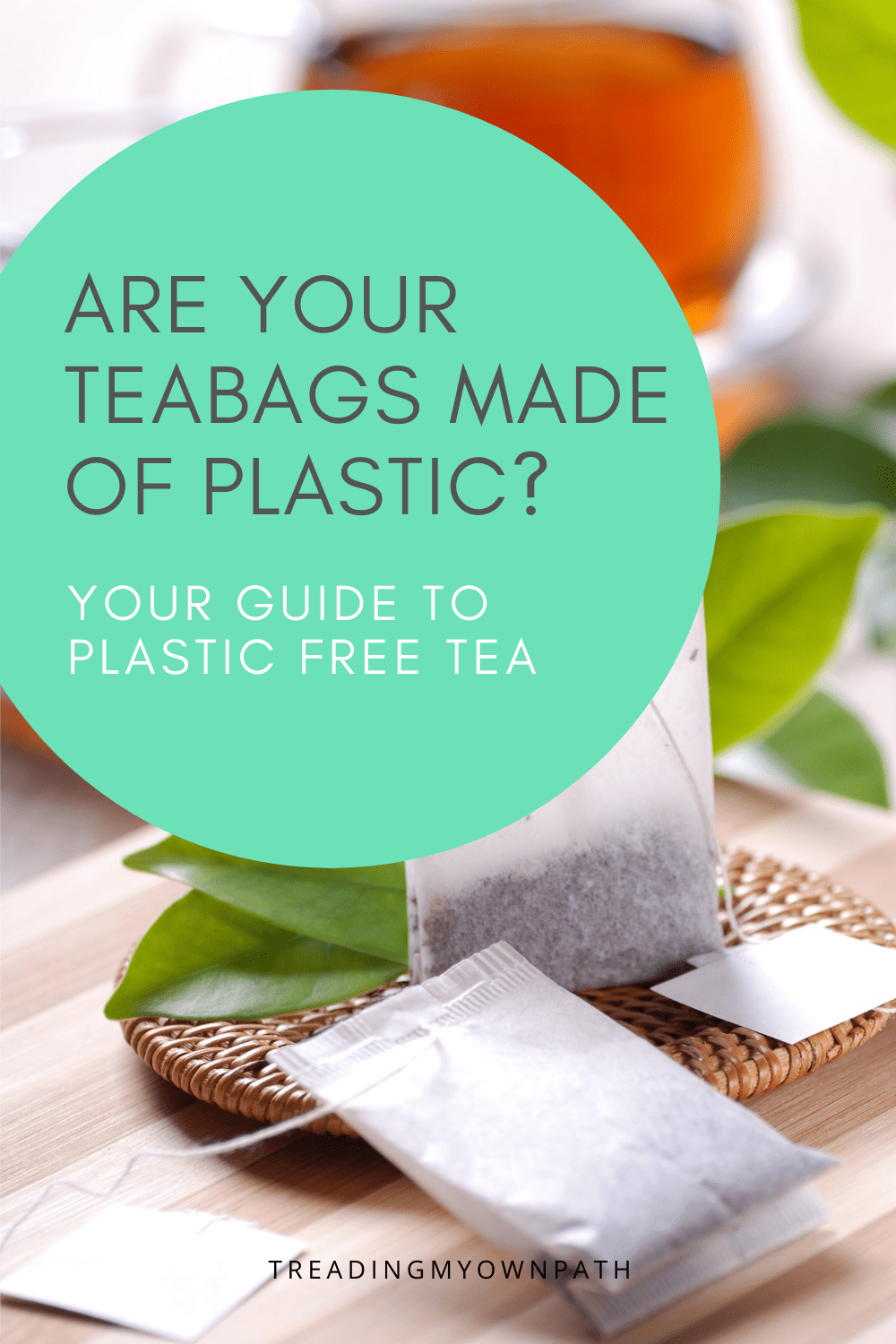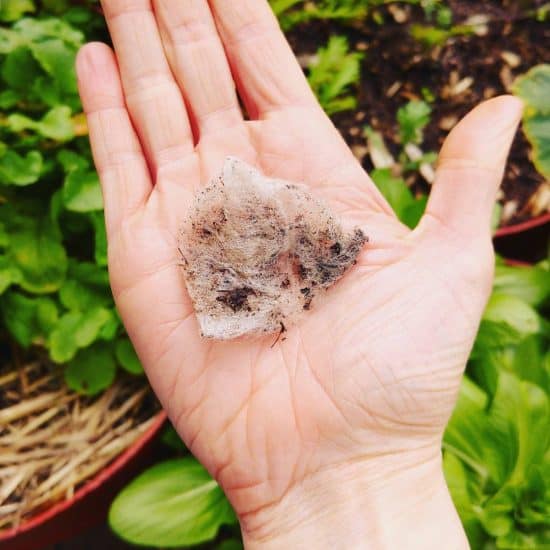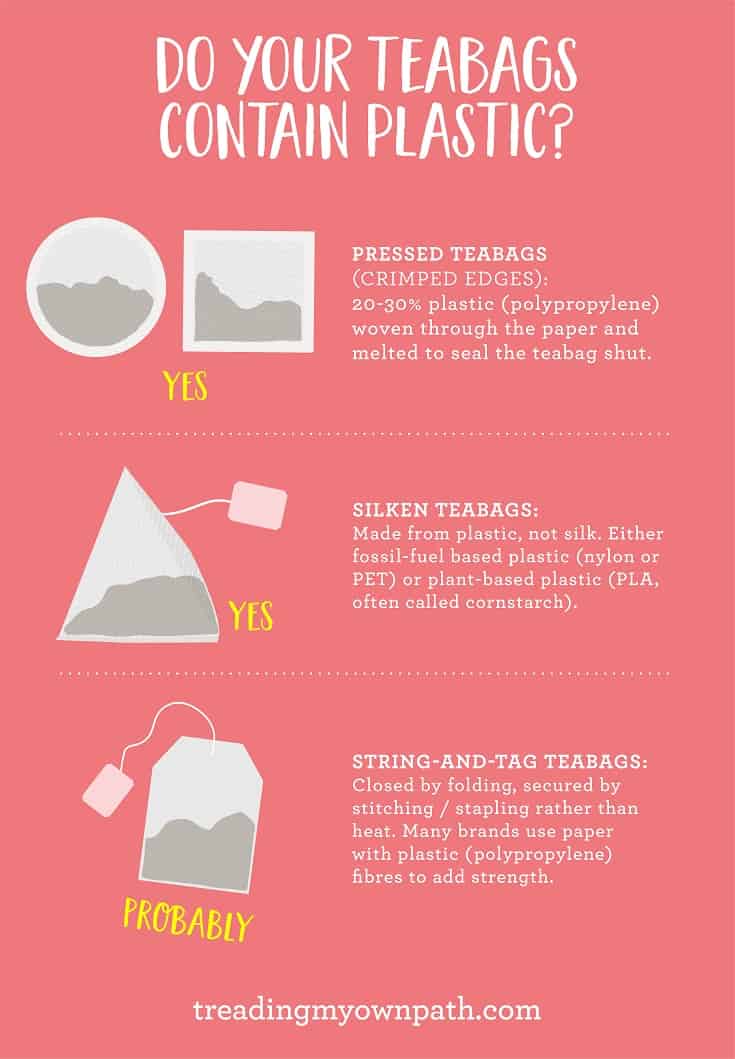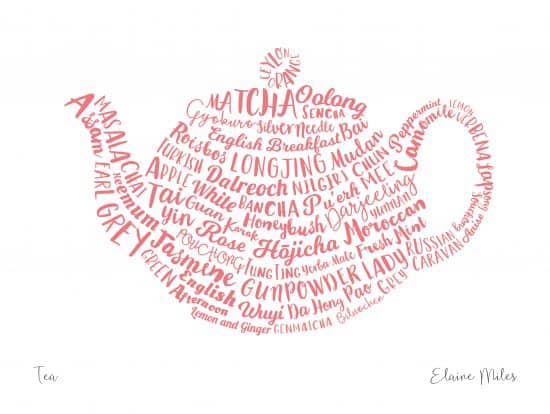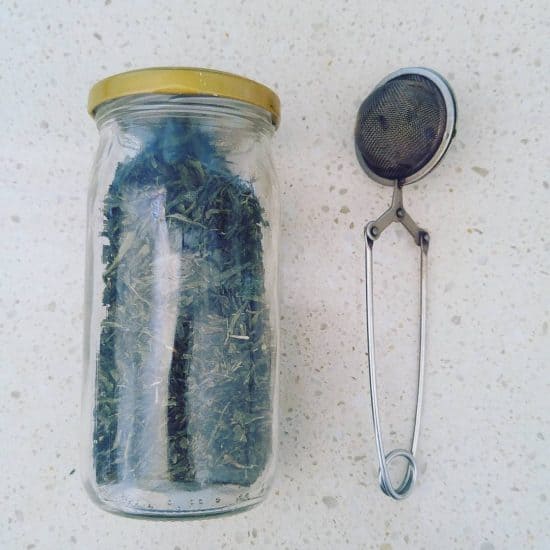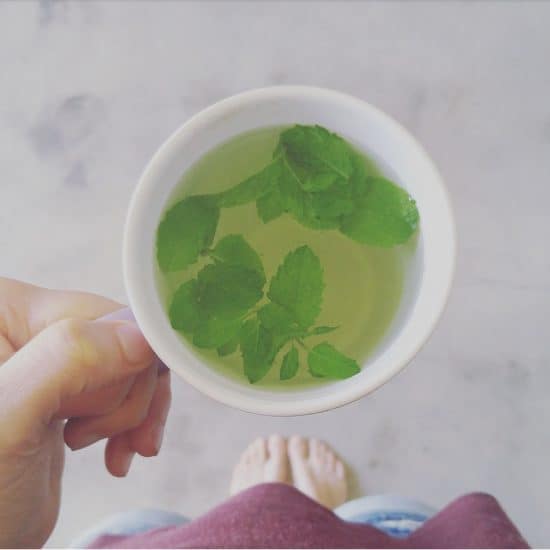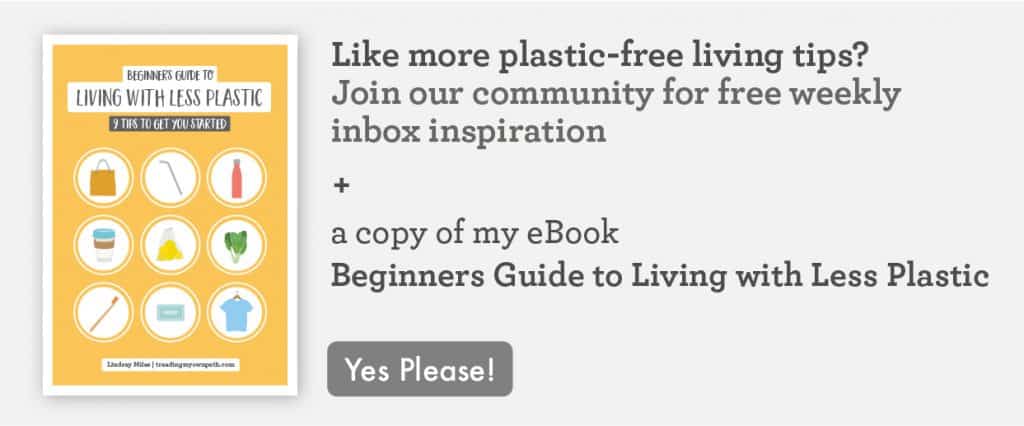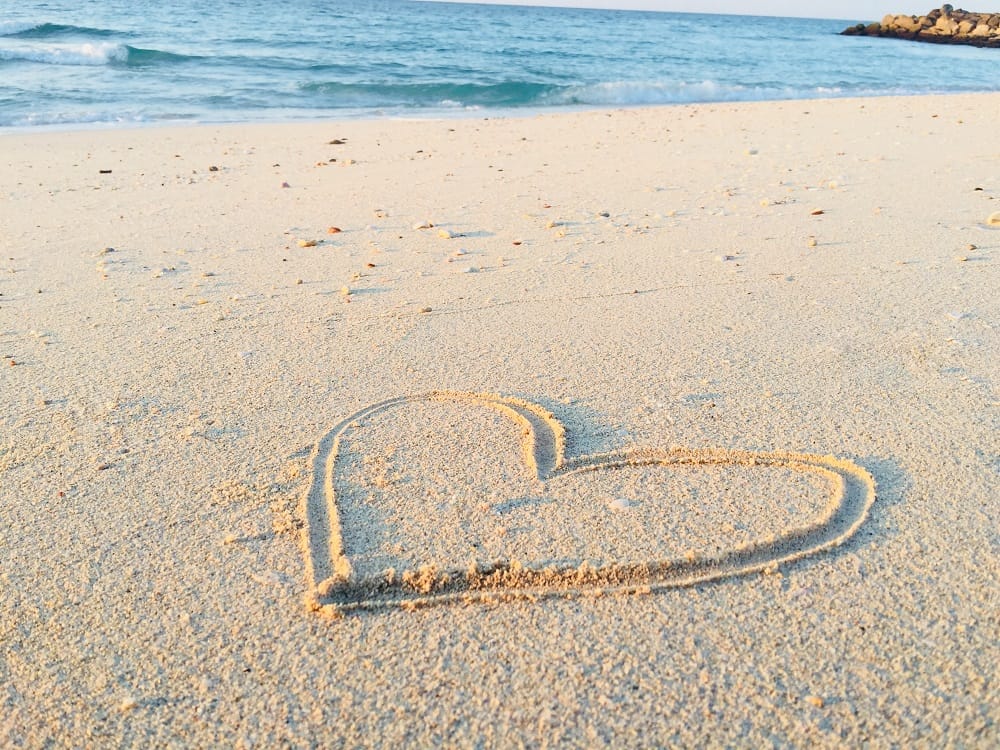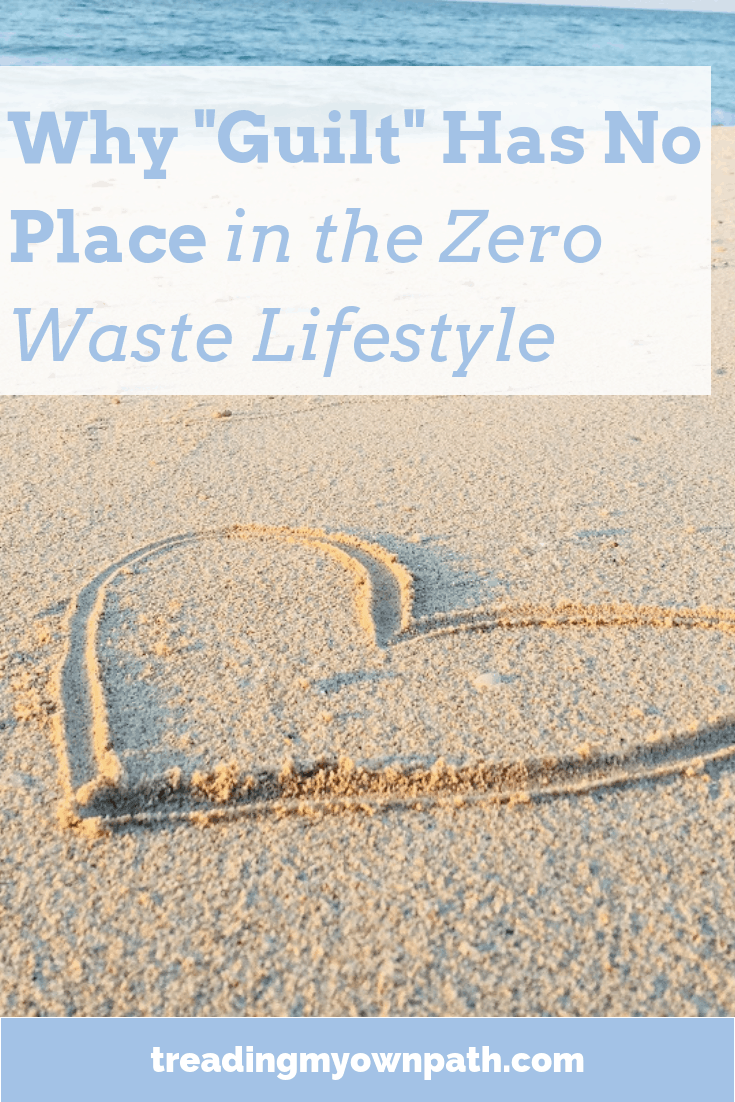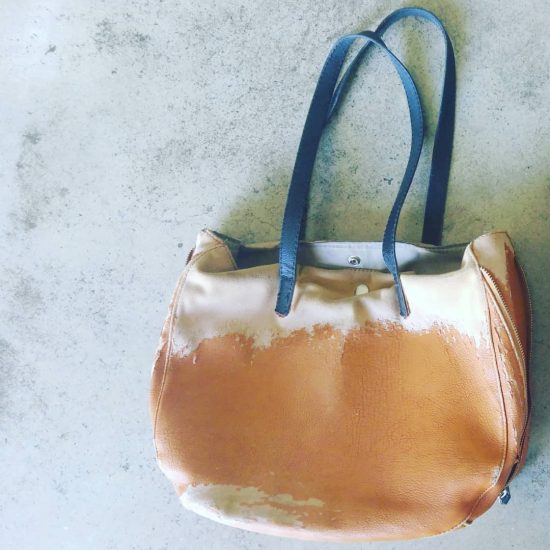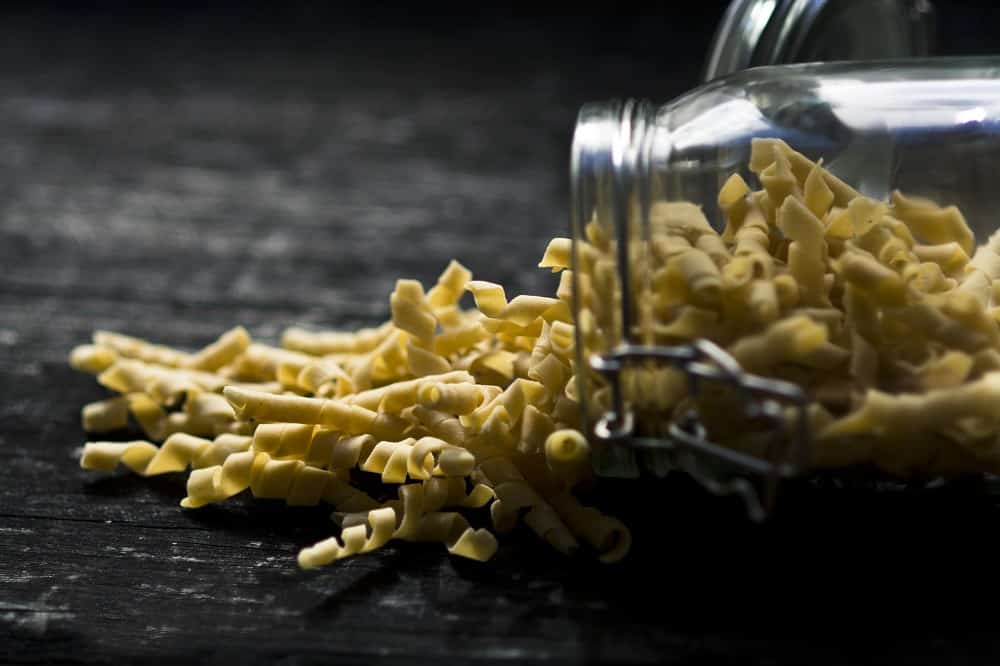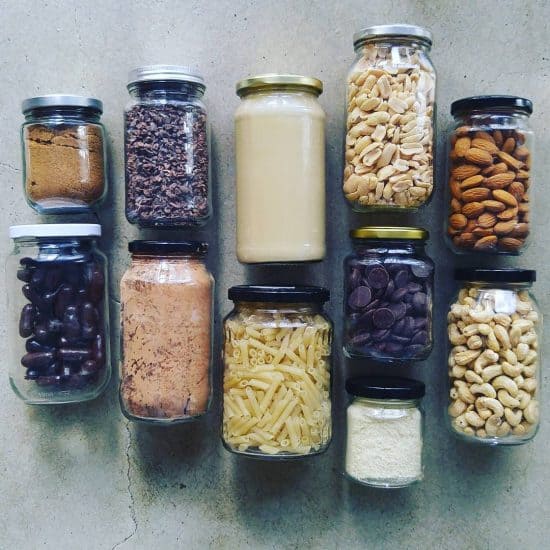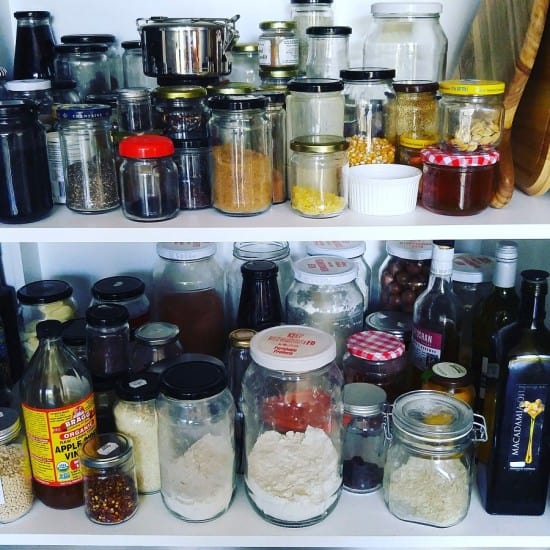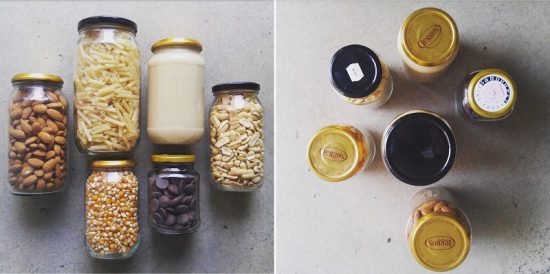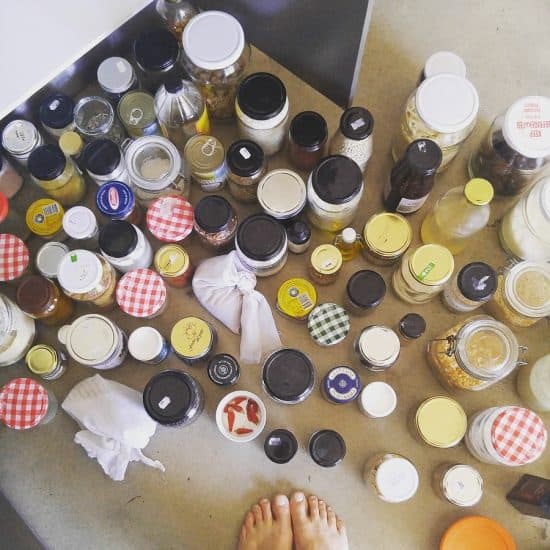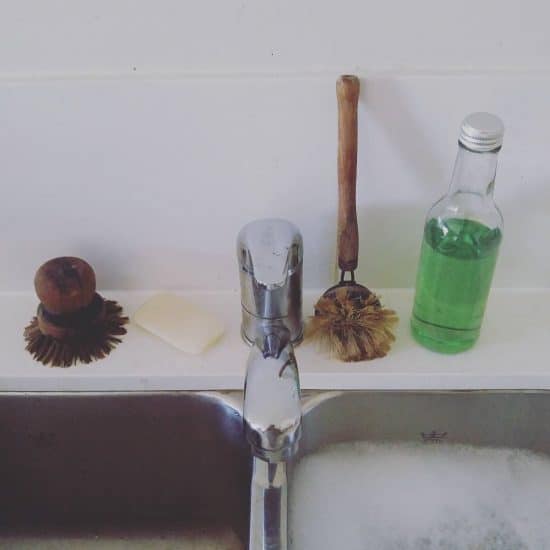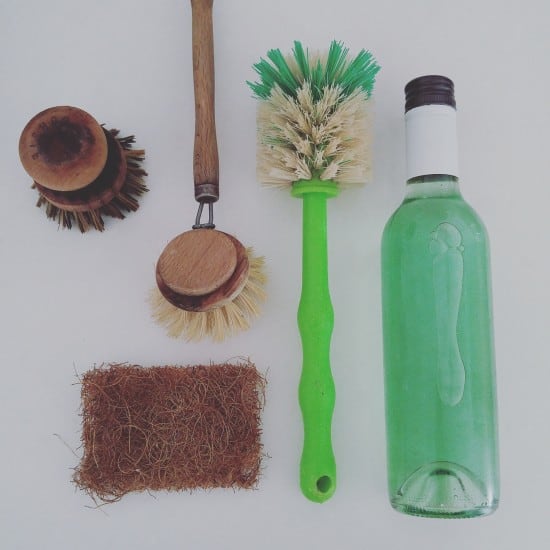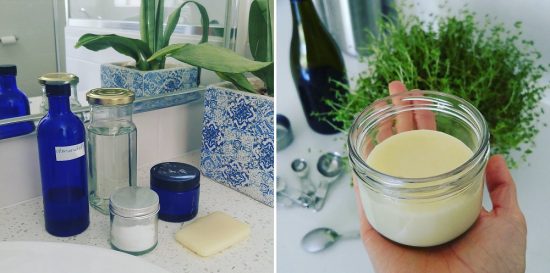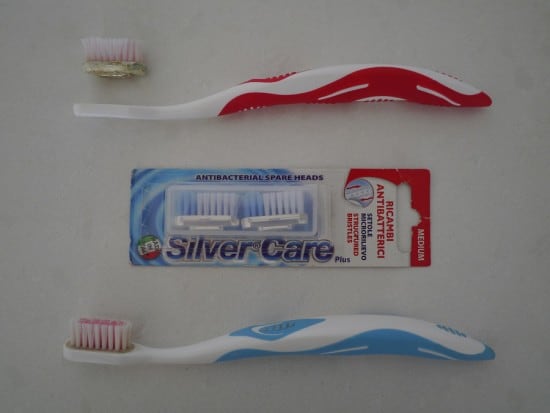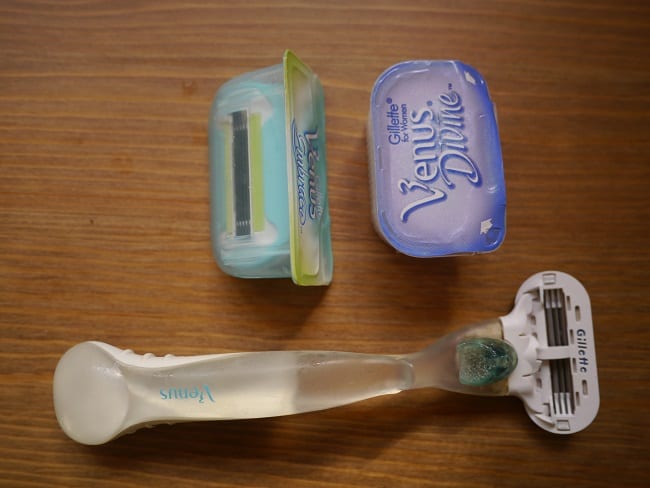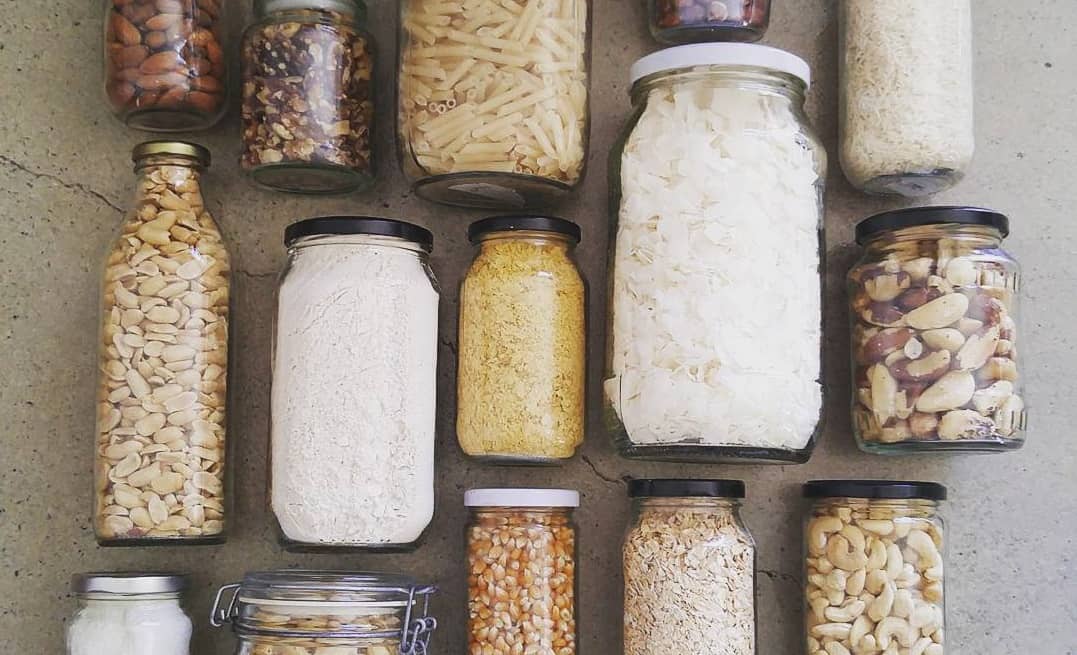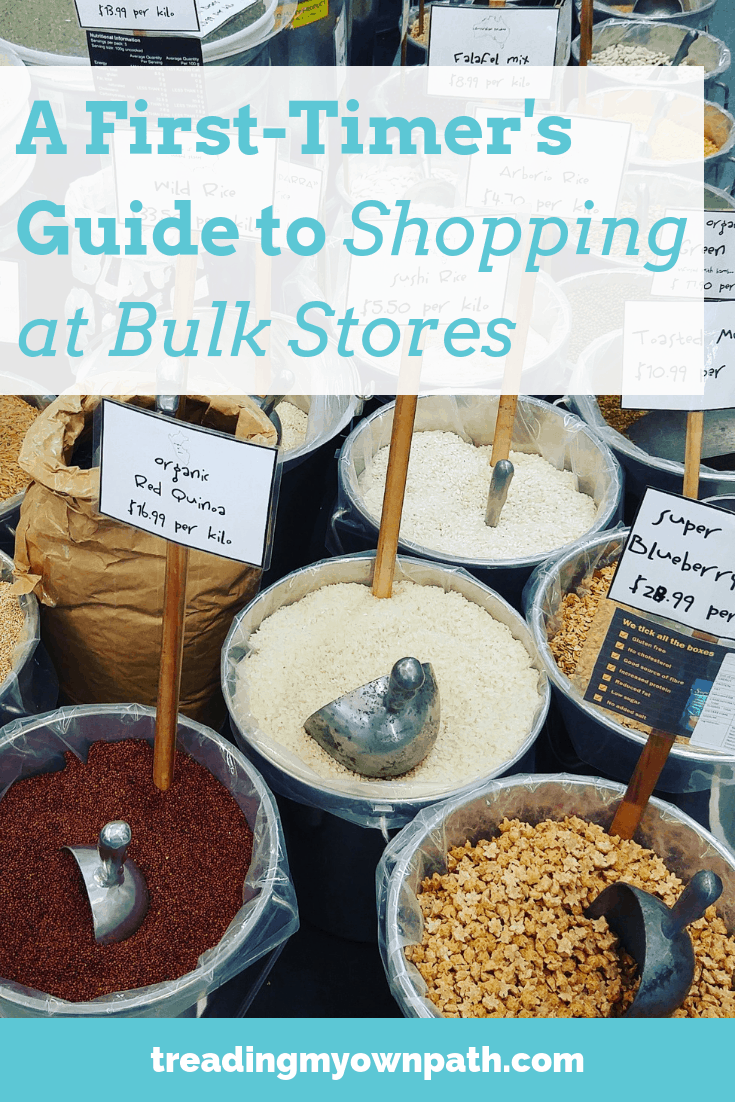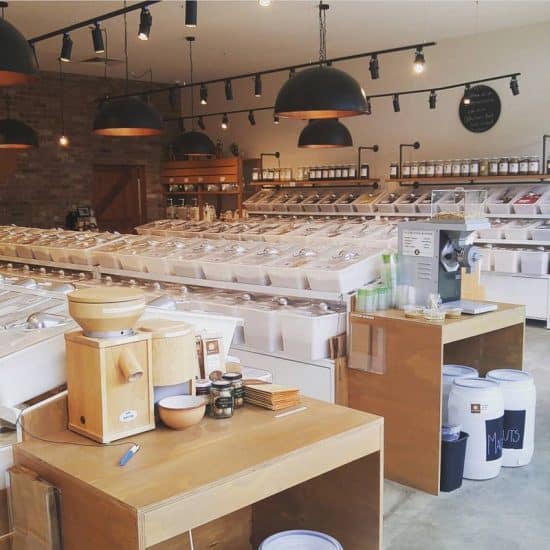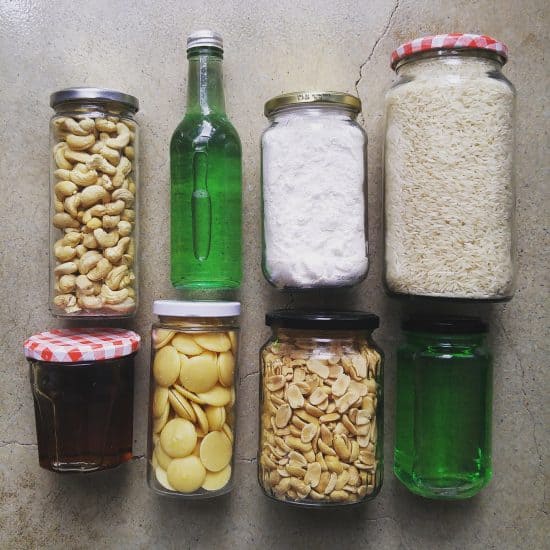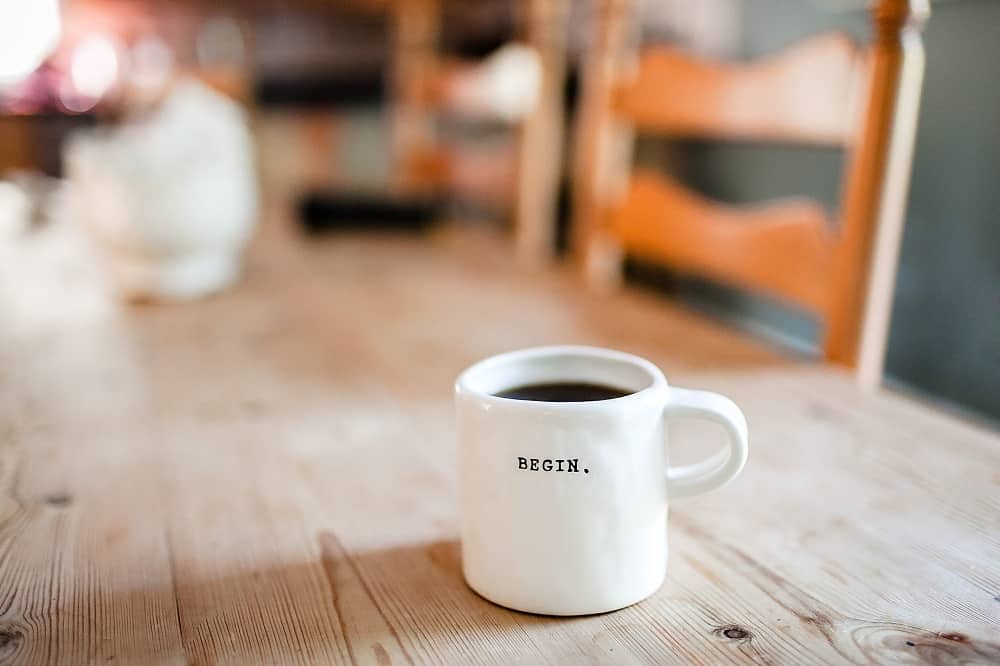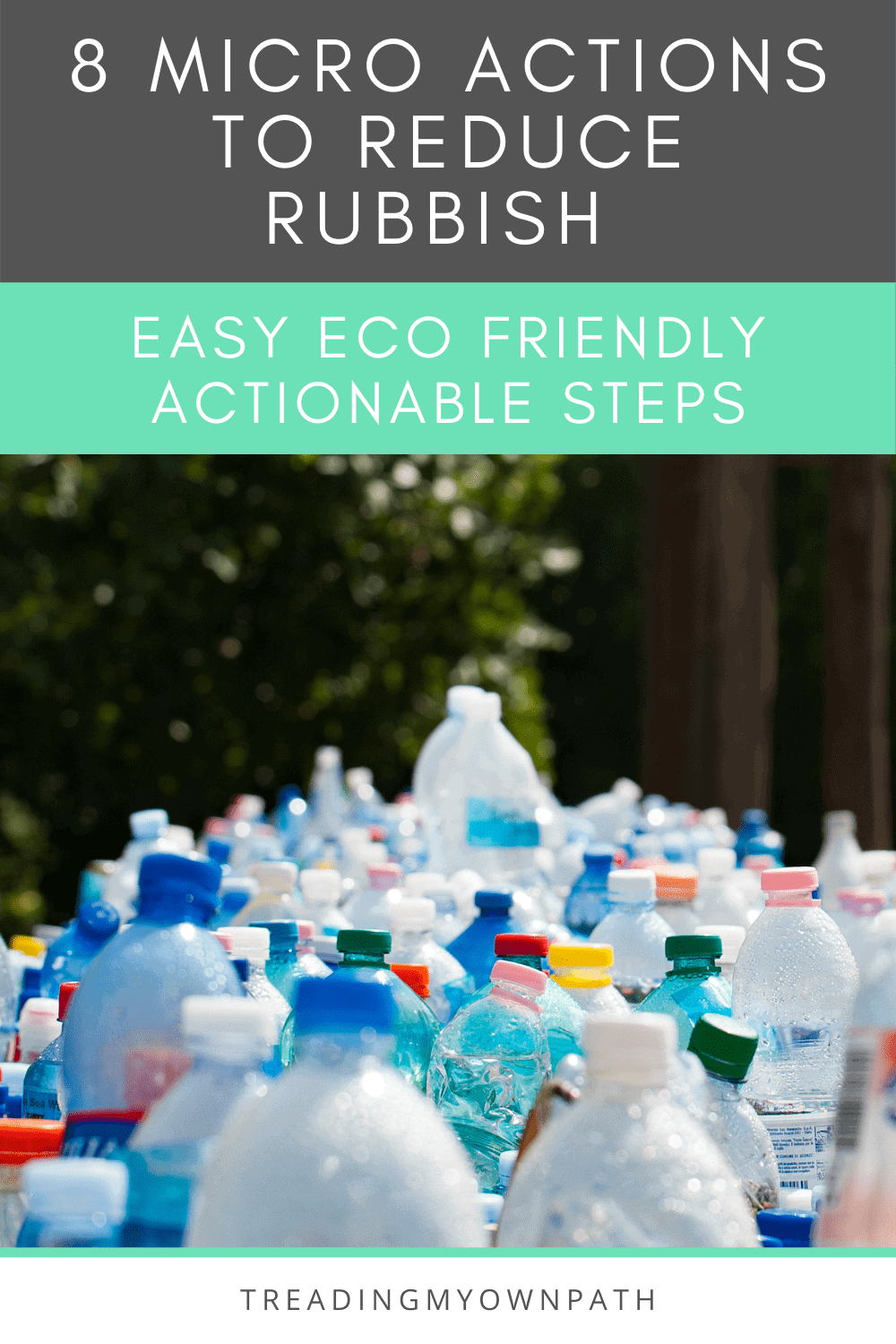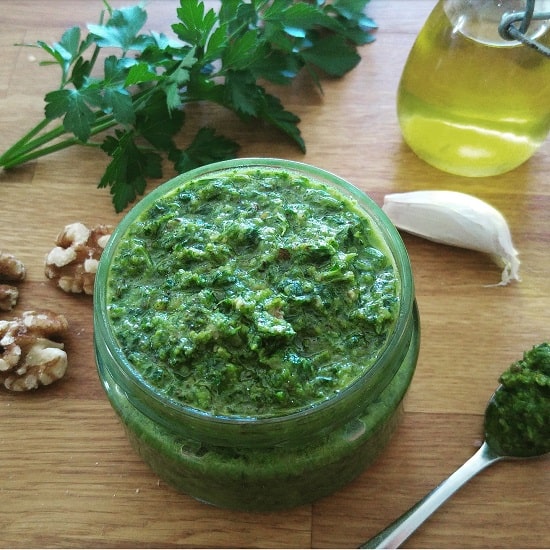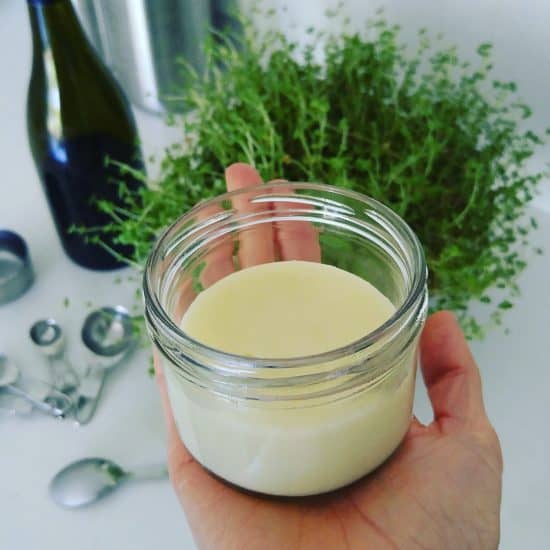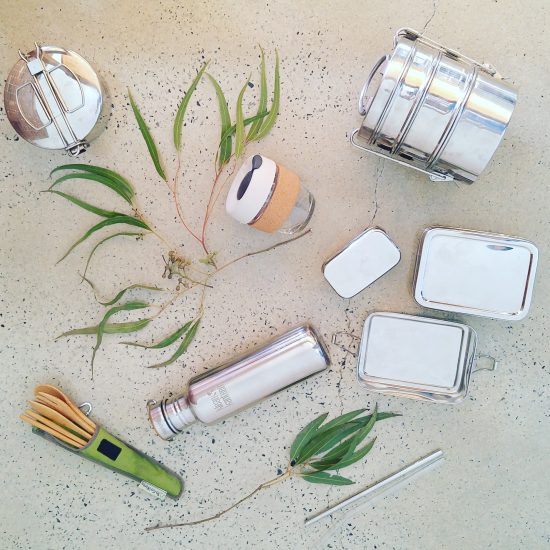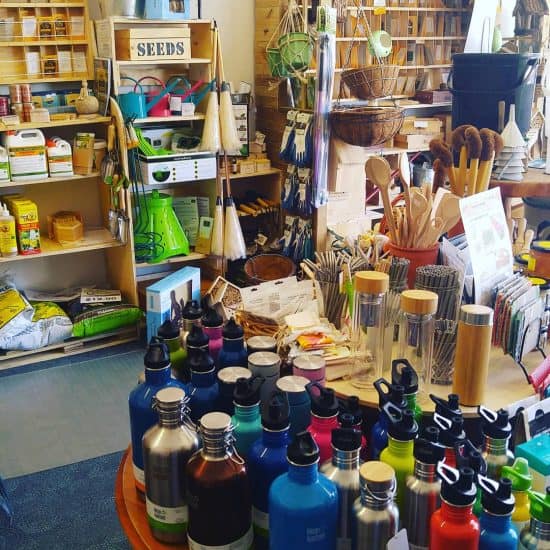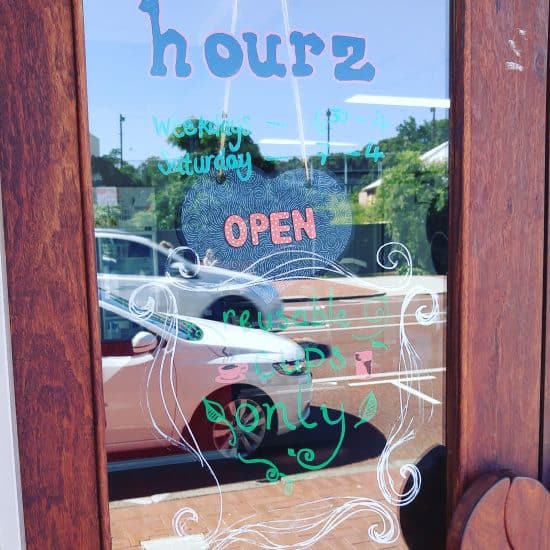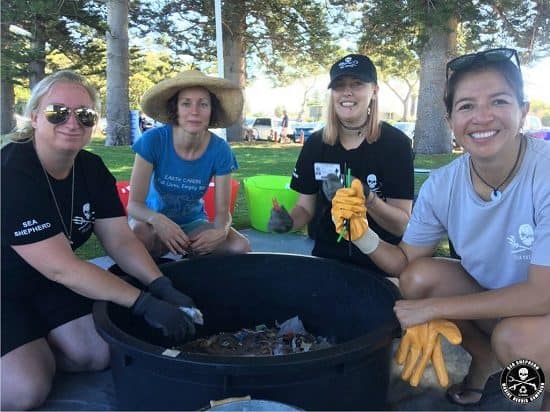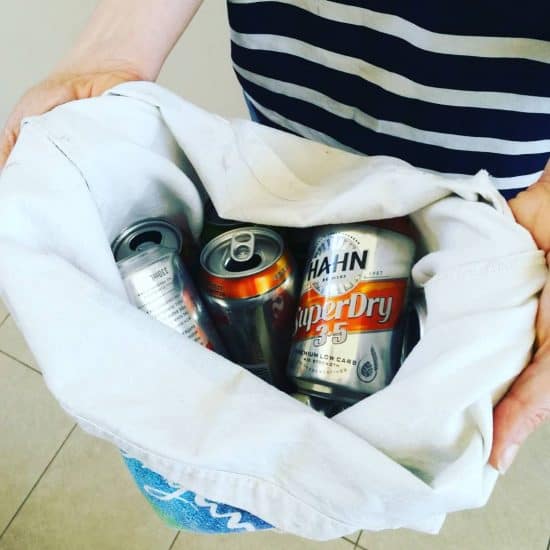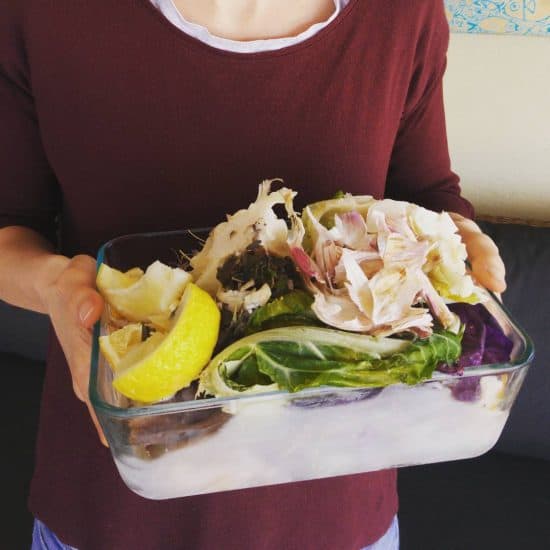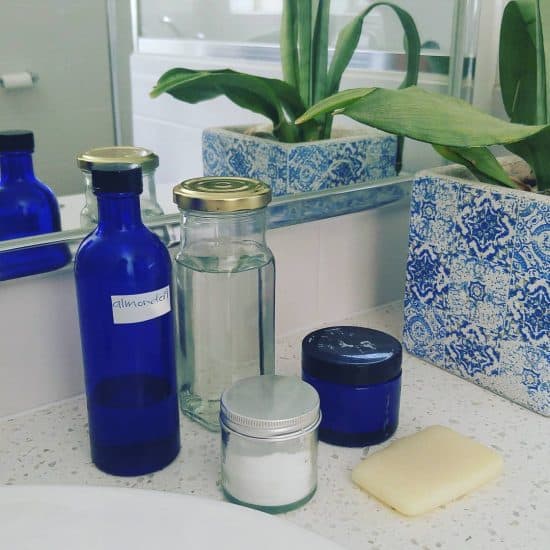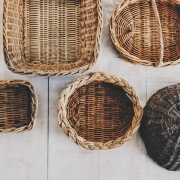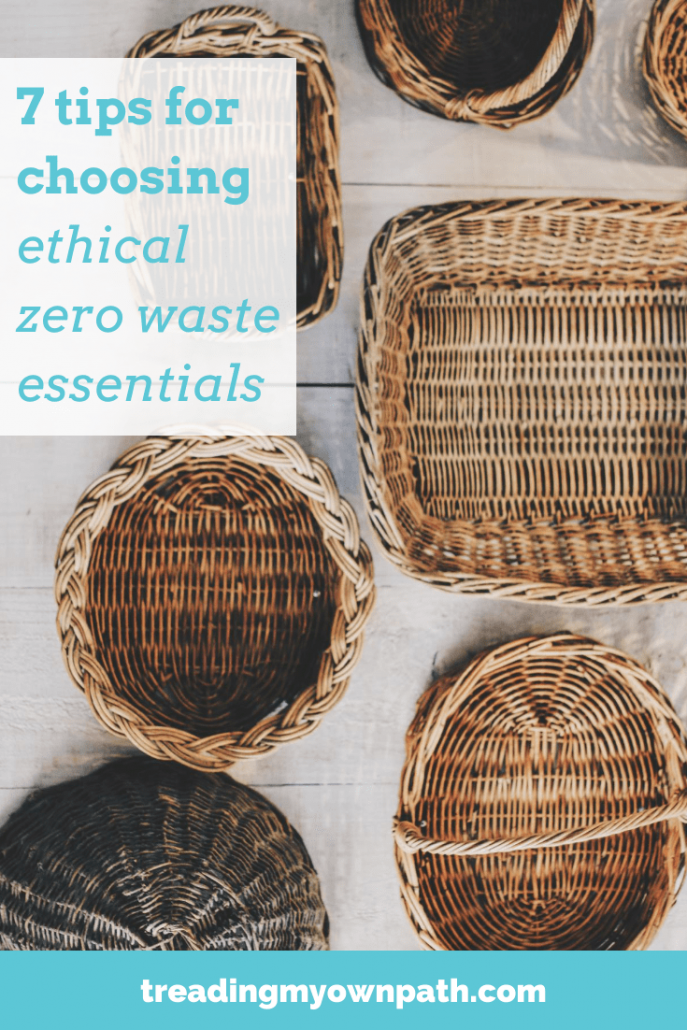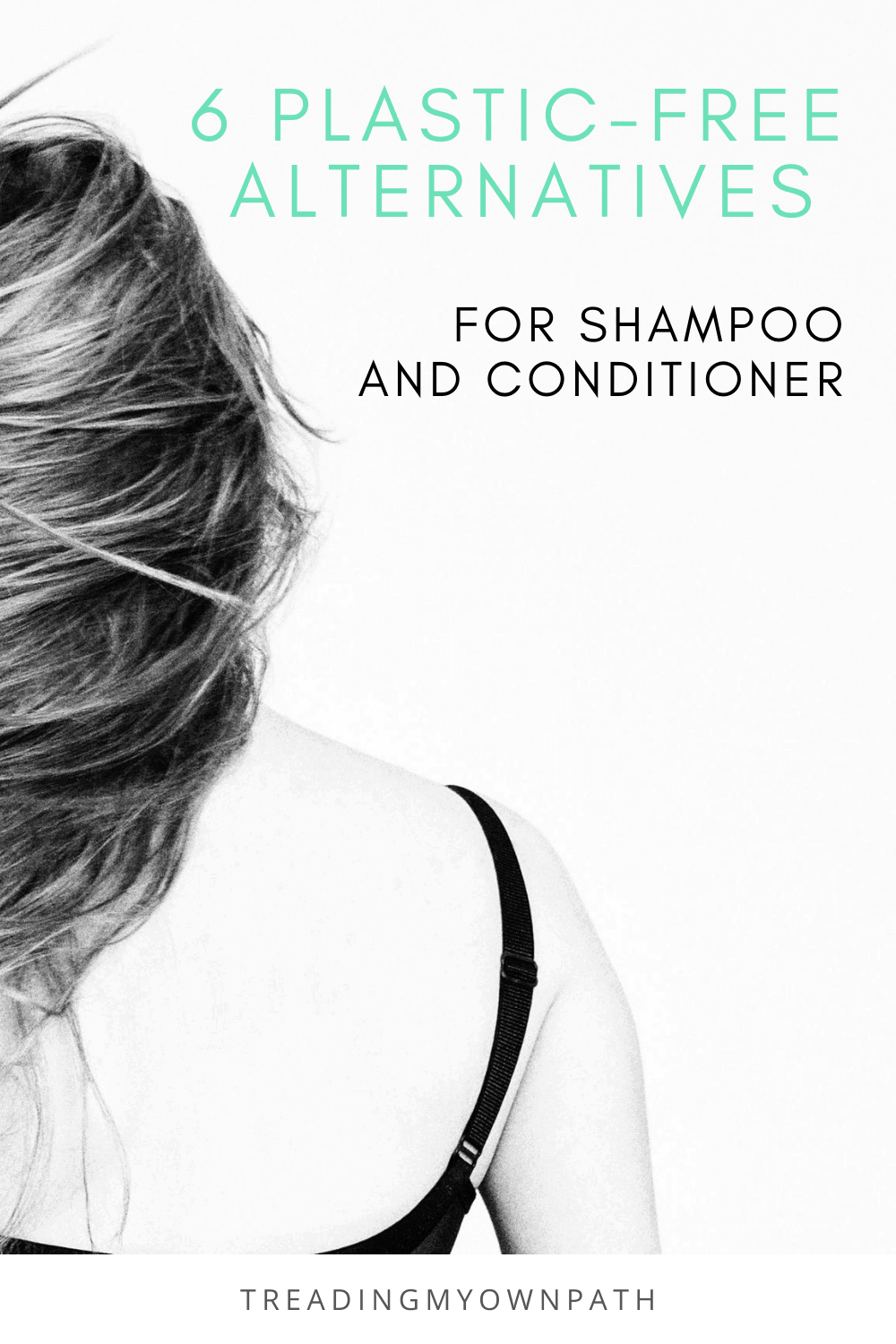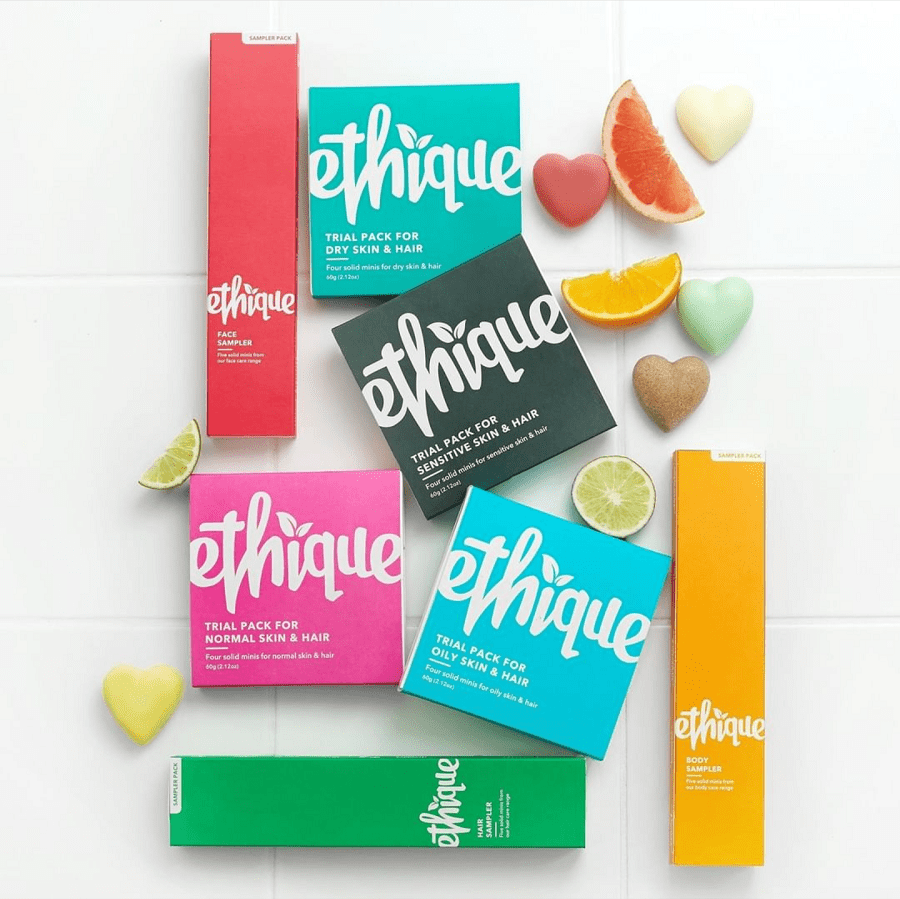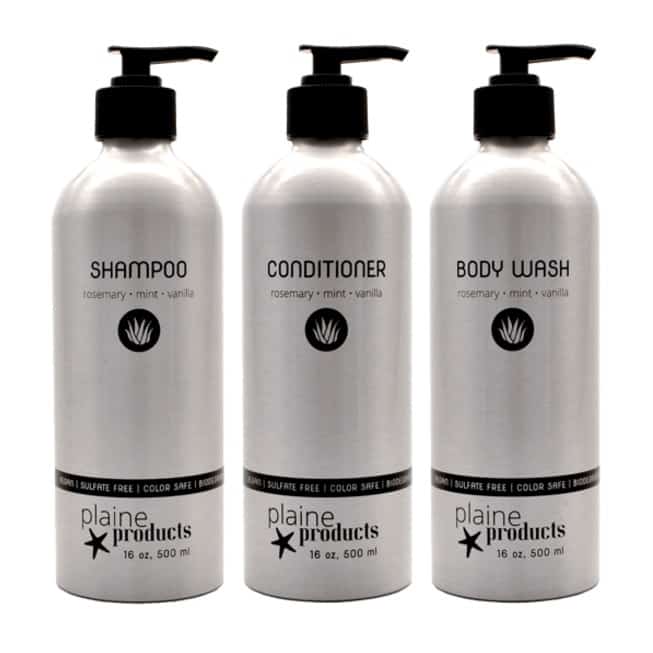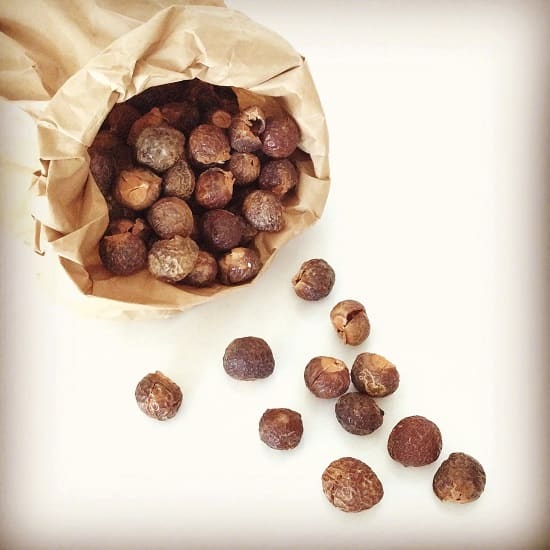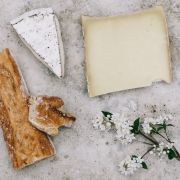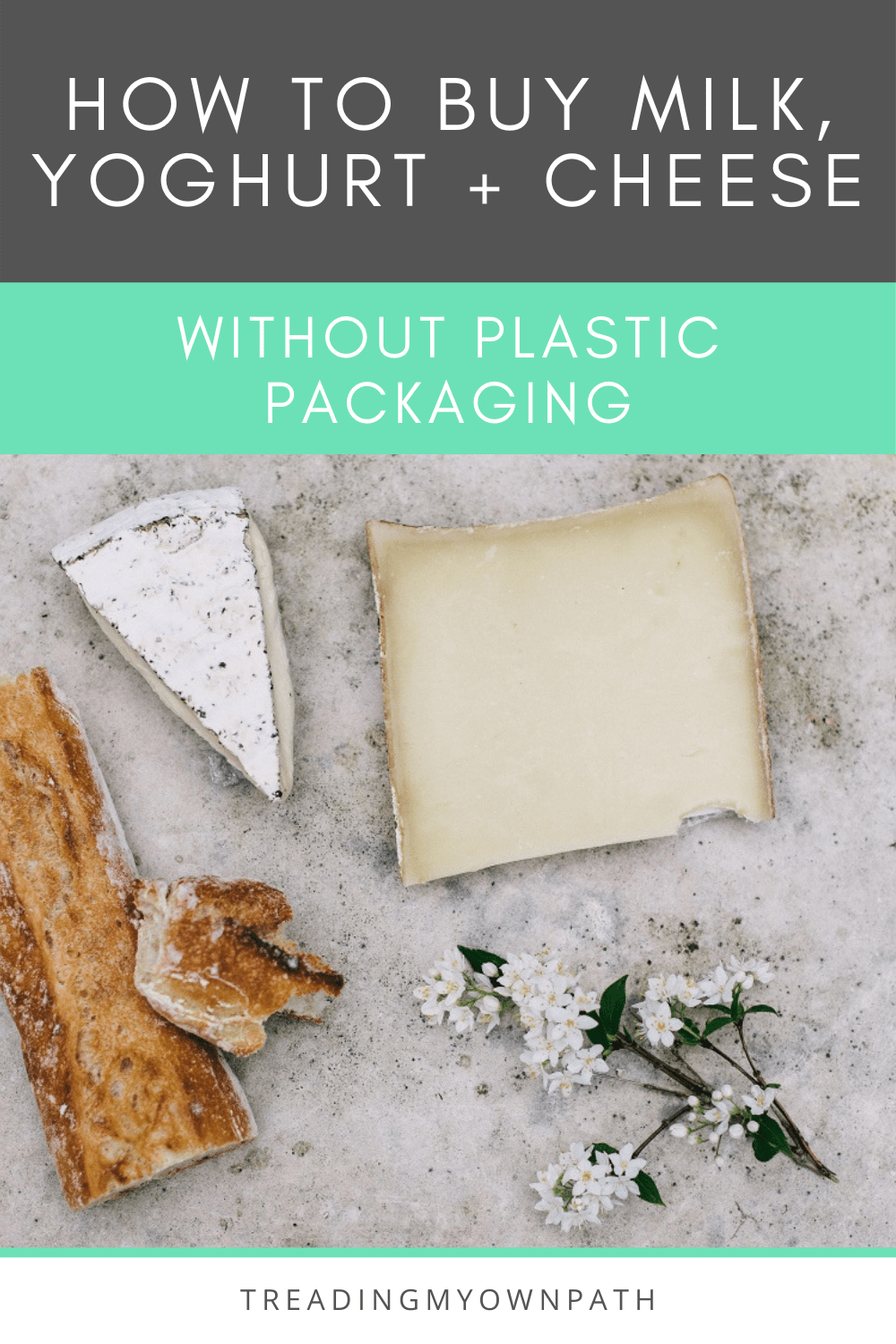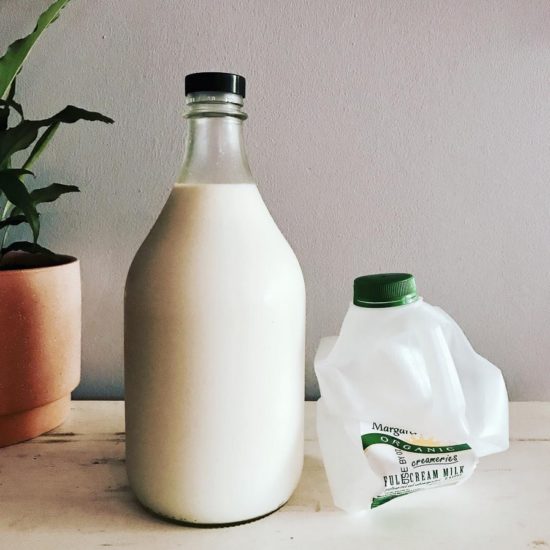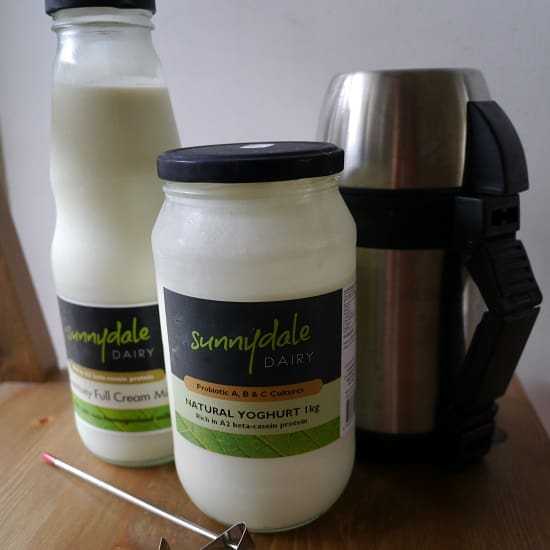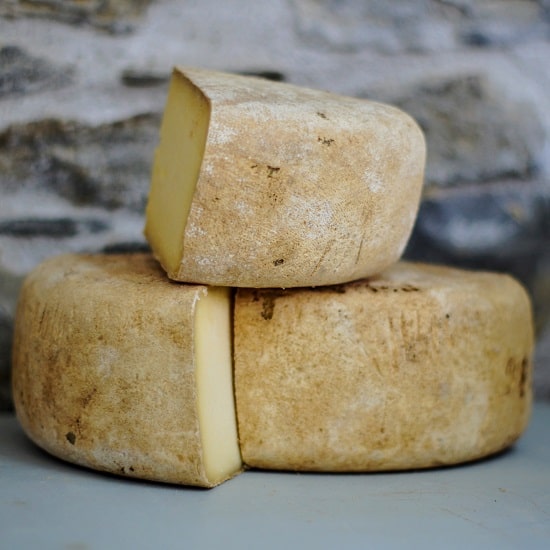5 Things You Need (No Purchase Required) To Go Zero Waste
I believe that less waste is firmly linked to less stuff. Yes, I do have a bunch of reusables, and yes I use them and find them useful. But the focus of the zero waste conversation doesn’t need to be around “stuff”.
Rather than talk about the things we can buy to reduce our waste, I wanted to talk about the things we can do, and the ways that we can change our thinking.
Because we can have all the zero waste reusables in the world, but without the right attitude and mindset we’re going to end up frustrated, defeated… and those reusables will end up languishing on a shelf.
Instead of creating another one of those “5 Things You Can Buy” posts, I thought I’d create a “5 Things You Can Be” post for going plastic-free or zero waste.
A little encouragement, with no purchase required.
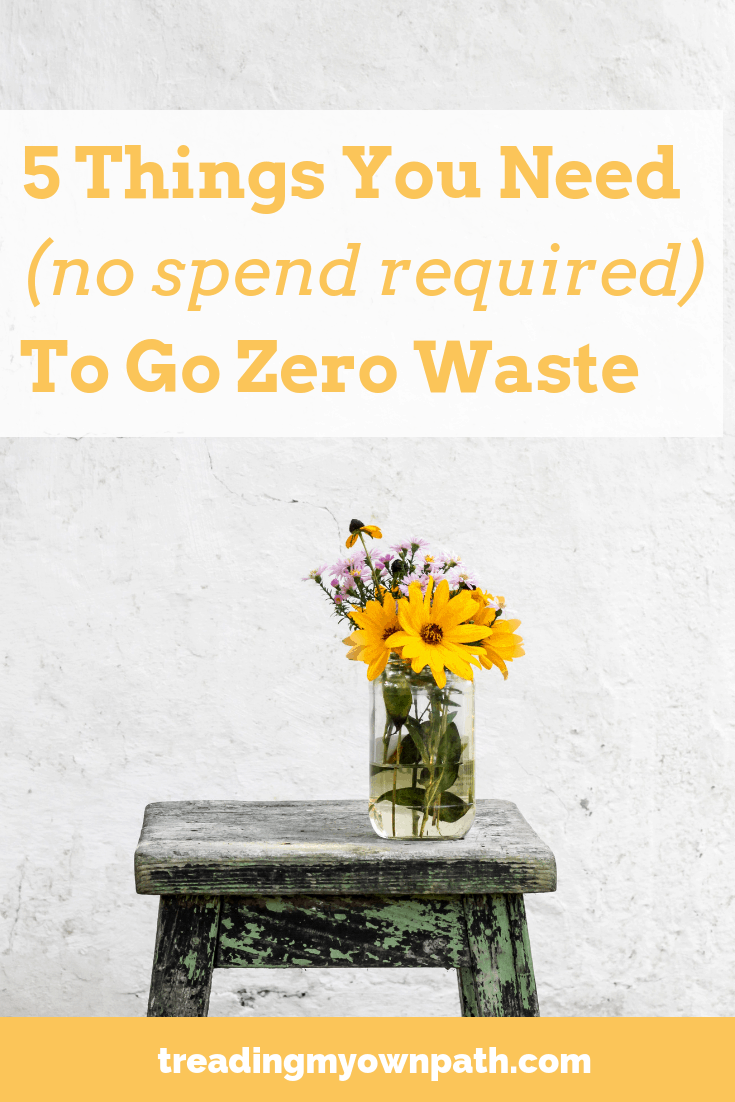
1. A Can-Do Attitude
If we want to achieve something, we have to believe it is possible. That doesn’t mean we have to think in absolutes. Let’s be realistic about what is possible, for us, and build on that.
Too many people trip up thinking oh, I could never be 100% zero waste, or I could never do all my shopping at the bulk store, it is too expensive. But there’s no rule that says you have to do that. Not being able to do everything is no reason not to do what we can.
If 100% zero waste or plastic-free isn’t for you (and let’s be honest, in today’s economy, with today’s systems, it is impossible to achieve 100%), decide what is for you.
Choose a different percentage, or even better, choose how much you want to improve by compared to where you are now. Maybe you’d like to reduce your bin by half, or maybe you’d like to make one swap every month until Christmas.
If the bulk store is too expensive, commit to doing 10% of your shopping there, or just buying your herbs and spices there.
Too often people assume it has to be all-or-nothing, and if they can’t do it all it doesn’t count and they shouldn’t bother. Wrong. It all counts. Every single action counts.
What you need is a goal that is achievable and realistic for you, one you can feel good about and know is within your grasp. Ideally one that involves no comparison with what anyone else is doing. That will keep you upbeat as you work on making change.
Let’s not forget that there will be slip-ups, mistakes and moments where it all gets a bit too hard. See them for what they are, part of the learning process, and know that despite any backwards steps, you can do this.
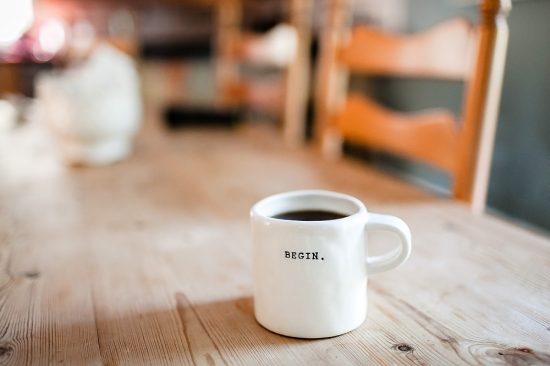
2. A Focus on Solutions
There are a lot of things about the world that could be a whole lot better. It can be a little overwhelming to think about it all. So don’t.
We can recognise that there are a huge amount of things that we care about and want to see changed – climate change, peak oil, farming practices, the food system, plastic pollution, over-use of plastic in manufacturing, animal welfare, deforestation – whatever the things that are closest to to your heart.
This is our sphere of concern: the stuff we care about.
From there, we can think about what we are in control of, or can influence. We might not be able to influence the political decisions made by leaders in foreign countries, but we still have influence on others and the world around us.
We can write letters, or join campaigns. We can support local events, or create our own. We can pick up litter, or choose to boycott unethical companies. We can refuse single-use plastic, and we can buy second-hand.
This is our sphere of influence: the things that we can do.
Try to spend less time worrying about the things that you cannot change, and more time doing the things you can to make the world better.
For specific problems, tackle them one at a time, and find a solution. Ask the internet. Talk to friends or colleagues. Try different things. Someone, somewhere, will probably have a solution to the problem staring you in the face.
And if you really can’t find a solution, put it aside, for now. It is in the sphere of concern, but not our sphere of influence (yet). Move onto the next concern, and look for a solution for that.
3. Some Creativity
If you don’t think you’re creative, don’t panic. You don’t need to be – you just need to find others who are. People are always coming up with great solutions and hacks for different problems, and the internet means they are freely shared.
Saying that, creative doesn’t necessarily mean artistic. I consider myself to be creative in the kitchen – but you won’t find me making cute cupcakes or icing cakes worthy of best-in-show rosettes. No, my creativity is based around my ability to make a meal out of almost anything. I am a dab hand at using up fridge dregs! Not Pinterest-worthy, but tackling food waste gets my creative juices flowing.
Maybe you know how to sew. Maybe your mending skills are extraordinary. Maybe you know how to fix stuff. Maybe you know how to make stuff. Maybe you can find a use for anything. Maybe you’re full of upcycling ideas.
Whatever your creative outlet is, use it in your journey to zero waste. Share it, if you can. And use the creative outlets of others to help you with the things you’re less good at.
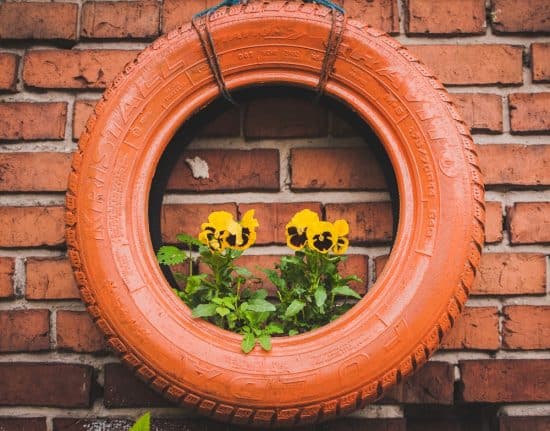
4. Healthy Scepticism
I believe it’s useful to question things, particularly claims about eco-friendly credentials that a business or product might have, or those headline-grabbing claims that companies often spout. Read the fine print. Ask questions. Become your own investigator.
There is a lot of greenwashing and misleading information out there. I was someone who used to take these claims at face value. If it said “eco-friendly” on the packaging, that was good enough for me! But of course, claims like this aren’t regulated. We need to do our homework.
Any business can decide its product is eco-friendly and stamp it on the front of the box. Any business can make a media statement promising to ban plastic/single-use items/non-recyclable packaging by several years into the future. But claims and headlines like this are meaningless without explaining how, or offering an an actionable plan to back it up.
When you see a headline or product that sounds too good to be true, it usually is. Probe. Look deeper. Ask questions. Most companies with genuine ethical credentials will be able to answer your questions and address your concerns, or will tell you they don’t know and offer to find out. Anyone who ignores your request or is elusive or cagey: remain sceptical.
5. Community Spirit
We’re in this together! We really are. The reason that zero waste and plastic-free living is referred to as a movement is because there are lots of people joining in, all working together towards a common goal. We’re sharing resources and sharing ideas, and learning from one another.
Particularly if you don’t have much support from friends, family and colleagues, finding like-minded people elsewhere is crucial.
Be part of the community. This can be online, via social media (Facebook groups are good resource for creating online community spirit) and blogs. Share your thoughts and insights, and ask questions. Post ideas and success stories. Support those who are struggling, and celebrate those who are doing good things.
Help make our community positive, welcoming and supportive for others.
This can be offline, too. Join a local group or attend a community event (from beach clean-ups to movie screenings to DIY beeswax wrap making, I guarantee there will be something out there). If you’re feeling brave, offer to run an event at your local library – it will be a good way to meet like-minded people.
At the very least, join a Buy Nothing group or local neighbourhood network. Whilst the platforms are online, the members are the people who live where you live. It’s a great way to start to get to know your neighbours better and share stuff.

If you think zero waste is too hard, it will be too hard. But if you think that reducing your trash or limiting your plastic use is within your grasp, you’re already on your way.
Look at the areas in your life where you can make tiny changes and improvements, and find ways that work for you. Whenever you’re stuck, reach out – it’s likely someone will have a creative solution for your problem. And if you come up with an amazing solution yourself – tell everyone who will listen!
Zero waste and plastic-free living is a lifestyle and a journey. There’s not some end point that you get to and you’re done. It’s ongoing, and every day brings new challenges. So forget about absolutes or perfection. Just do what you can.
Now I’d love to hear from you! Do you agree with this list? Any other attributes you think are helpful when trying to go zero waste and plastic-free? Anything you struggle with? Anything else you’d like to add? Please share your thoughts in the comments below!



